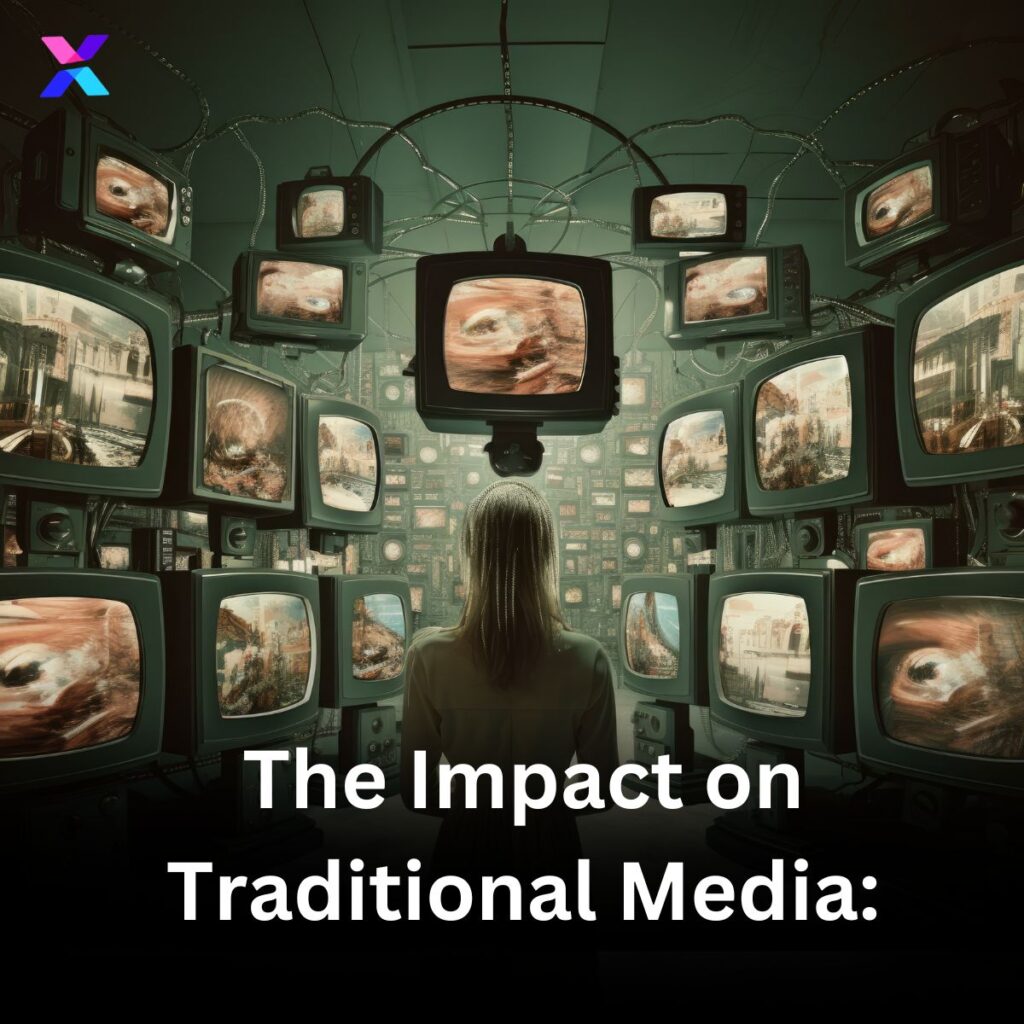In the ever-changing landscape of media consumption, the emergence of FAST channels has disrupted traditional modes of content delivery and consumption. FAST channels, delivered over-the-top (OTT) via the internet, have become a dominant force in the entertainment industry, offering viewers unprecedented convenience, choice, and interactivity. As we navigate this transformative shift in media consumption habits, it’s essential to delve deeper into the phenomenon of fast channels and examine the implications for the future of entertainment and information dissemination.
Understanding Fast Channels:
FAST channels represent a paradigm shift in how we access and consume media content. Unlike traditional television, which relies on scheduled programming and linear viewing experiences, FAST channels provide on-demand access to a vast array of content, including movies, TV shows, live events, news, and more. Viewers have the freedom to watch what they want, when they want, and on the device of their choice, whether it’s a smart TV, mobile phone, tablet, or computer.
The Rise of Over-the-Top (OTT) Streaming:
The proliferation of high-speed internet connectivity and advancements in streaming technology have paved the way for the rise of OTT streaming platforms, the primary distribution channels for FAST channels. Leading players in this space, such as Netflix, Amazon Prime Video, Disney+, and Hulu, have amassed millions of subscribers worldwide, reshaping the entertainment landscape and challenging traditional media incumbents.
The Appeal of On-Demand Content:
One of the key appeals of FAST channels is the ability to access content on-demand, without being tethered to a fixed schedule. This shift from linear to nonlinear viewing habits has transformed the way we consume media, giving rise to binge-watching culture and serialized storytelling. Viewers can binge-watch entire seasons of their favorite shows in a single sitting or catch up on missed episodes at their convenience, driving engagement and viewer loyalty.
Personalization and Recommendation Algorithms:
Central to the success of fast channels is their ability to personalize the viewing experience through sophisticated recommendation algorithms. By analyzing viewer preferences, viewing history, and demographic data, OTT platforms can curate personalized content recommendations tailored to individual tastes and interests. This level of customization not only enhances the viewer experience but also increases content discovery and engagement.
The Impact on Traditional Media:

The rise of fast channels has had a profound impact on traditional media outlets, including broadcast television networks and cable providers. As more viewers cut the cord and migrate to OTT streaming services, traditional media companies are faced with declining viewership and ad revenues. In response, many are launching their own streaming platforms or forming partnerships with existing OTT providers to retain audiences and remain competitive in the digital age.
The Convergence of Media and Technology:
Fast channels represent the convergence of media and technology, with advancements in streaming technology, video compression, and content delivery networks (CDNs) driving the proliferation of OTT platforms. Moreover, emerging technologies such as 5G connectivity, augmented reality (AR), and virtual reality (VR) are poised to further revolutionize the viewing experience, offering immersive and interactive content experiences.
Challenges and Opportunities:
While the rise of FAST channels presents exciting opportunities for content creators, distributors, and viewers alike, it also brings challenges that must be addressed. Concerns around data privacy, content moderation, piracy, and digital rights management (DRM) loom large, highlighting the need for robust regulations and industry standards to safeguard consumer interests and intellectual property rights.
The Future of Fast Channels:
As we look ahead, the future of fast channels appears bright, with continued growth and innovation on the horizon. The global OTT market is projected to expand rapidly, driven by increasing internet penetration, rising demand for on-demand content, and the proliferation of connected devices. Additionally, new entrants and disruptive technologies are poised to reshape the competitive landscape, fueling further growth and consolidation in the industry.
Conclusion:
In conclusion, the rise of fast channels represents a seismic shift in how we consume media, offering viewers unprecedented choice, convenience, and interactivity. As technology continues to advance and consumer preferences evolve, fast channels will play an increasingly central role in shaping the future of entertainment and information dissemination. By embracing this transformative shift, content creators, distributors, and viewers alike can harness the power of fast channels to unlock new opportunities and experiences in the digital age.



